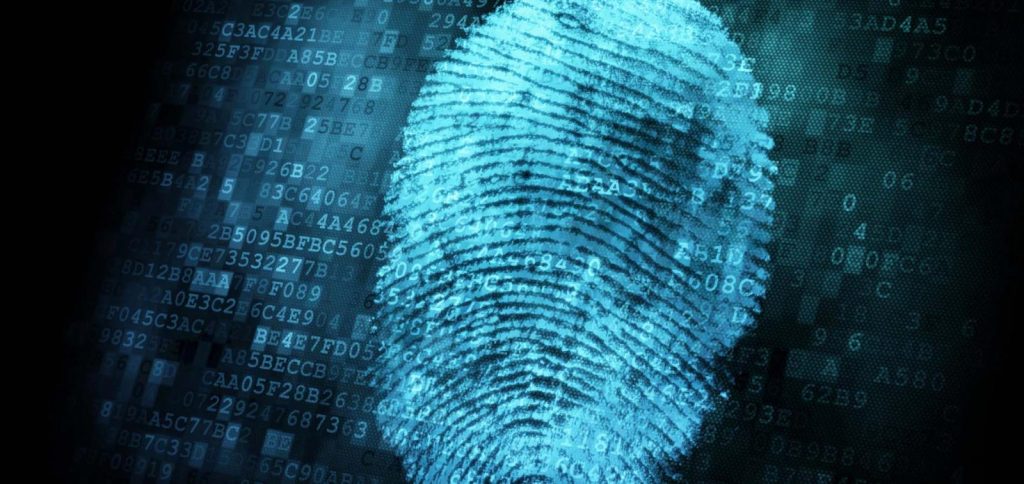Data Breach Aftermath – How Computer Forensics Helps with Recovery
In the aftermath of a data breach organizations face numerous challenges as they strive to recover and restore their operations while also mitigating the potential damage. This is where computer forensics plays a crucial role in the recovery process. Computer forensics refers to the application of investigative techniques to collect, analyze and preserve digital evidence in a manner that is admissible in a court of law. By leveraging its expertise and specialized tools, computer forensics aids in identifying the source of the breach, understanding the extent of the compromise and assisting with the overall recovery efforts. One of the primary ways computer forensics helps with recovery after a data breach is by conducting a thorough investigation. Forensic experts meticulously examine compromised systems, networks and digital devices to identify the entry point of the attack, the techniques employed by the intruders and the data that may have been compromised. Through this process, they create a timeline of events, reconstructing the sequence of actions leading up to and following the breach. This information is vital for organizations to understand the vulnerabilities that were exploited and to develop effective strategies to prevent future attacks.

Computer forensics also plays a critical role in preserving evidence. Forensic investigators employ specialized techniques to capture and analyze digital artifacts, including log files, system snapshots and network traffic and investigate this page https://lifeviewresources.com/. By preserving this evidence in a forensically sound manner, they ensure its integrity and admissibility in legal proceedings, should they become necessary. This can be instrumental in holding responsible parties accountable and pursuing legal action against attackers. Furthermore, computer forensics helps organizations recover from a data breach by assisting in the restoration of compromised systems. Forensic experts analyze the affected infrastructure to identify any backdoors, malware or other malicious software that may still be present. They work closely with IT teams to ensure these threats are eradicated and that systems are properly secured before being brought back online. Additionally, forensic analysis helps determine the scope of the breach, enabling organizations to prioritize their recovery efforts and allocate resources effectively.
Beyond immediate recovery, computer forensics also aids in strengthening the overall security posture of an organization. By thoroughly investigating the breach, experts can identify security weaknesses and recommend enhancements to prevent similar incidents in the future. This may involve implementing stronger access controls, improving network monitoring and intrusion detection systems or enhancing employee training programs on cybersecurity best practices. The insights gained from computer forensics investigations can inform the development of robust incident response plans, allowing organizations to respond more effectively to future security incidents. In conclusion, computer forensics is a vital component in the aftermath of a data breach. Its expertise in conducting investigations, preserving evidence, restoring systems and strengthening security measures contributes significantly to the recovery process. By leveraging the tools and techniques of computer forensics organizations can mitigate the damage caused by a breach, learn from the incident and emerge stronger and more resilient in the face of evolving cyber threats.




